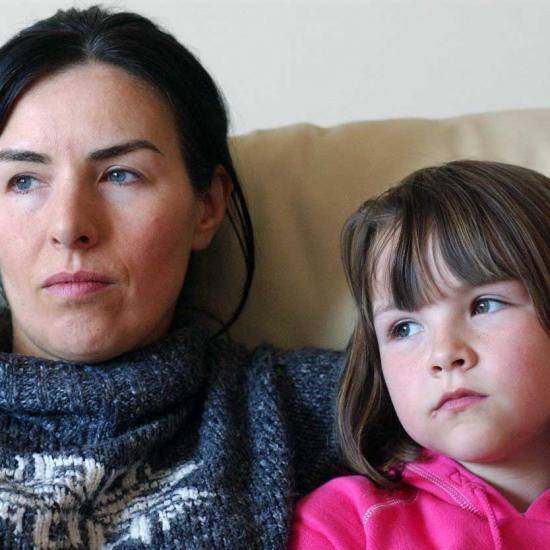National performance indicator: Increase the overall proportion of local authority areas receiving positive child protection inspection reports - full report
Evidence-informed performance improvement series no.1
In 2004, a new multidisciplinary children's services inspection team based in Her Majesty's Inspectorate of Education (HMIE) started to undertake inspections of child protection services in all 32 local authorities in Scotland. The authorities were inspected against 18 quality indicators on a six point scale ranging from Level 6, 'Excellent: Outstanding or Sector Leading', to Level 1, 'Major Weaknesses'.






